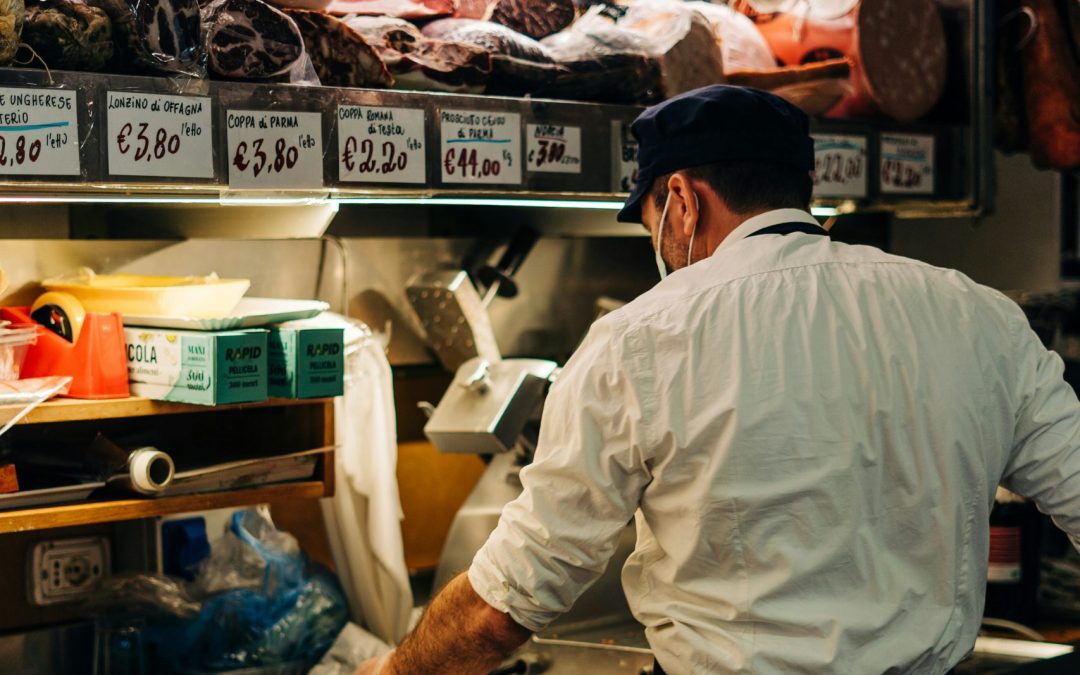Meal Times: Lunch (pranzo) is typically from 12:30 to 2:30 PM, and dinner (cena) starts later than in the U.S., usually around 7:30 or 8:00 PM. Many restaurants close between lunch and dinner, so plan accordingly.
Courses: Italian meals are structured into multiple courses: antipasto (appetizer), primo (first course, usually pasta or risotto), secondo (main course, usually meat or fish), contorno (side dish), and dolce (dessert). You don’t need to order all courses, but it’s common to enjoy at least two.
Cover Charge (Coperto): Many restaurants include a “coperto,” a small charge for bread and service. This is not a tip. Sometimes you can avoid this at places that have an option to stand.
Tipping: Tipping is not expected or required. It is reserved only for extraordinarily good service. Depending on the situation, some Italians may be offended as they take pride in their work. If you do tip it is minimal—just a few extra euros for good service.
Dining Pace: Italians enjoy their meals at a leisurely pace, especially at dinner. It’s normal to spend hours at the table, and waiters won’t bring the check until you ask for it.
Water: In restaurants you’ll need to pay for water and request “acqua naturale” (still water) or “acqua frizzante” (sparkling water), as tap water is rarely served.
Supermarkets vs. Dining Out: While dining out is a great experience, shopping at a supermarket can save money, with plenty of fresh, high-quality ingredients for a picnic or meal at home.
Portion Sizes: Portions in Italy tend to be smaller than in the U.S., but meals are balanced with multiple courses, so fewer dishes may be needed to feel satisfied.
Buying Food: Some food is sold as each, proportion, kg, or etto. A kg is 2.2 lbs, and an etto (ettogrammo or hectogram) is 1/10 a kg or about 1/5 a pound.
